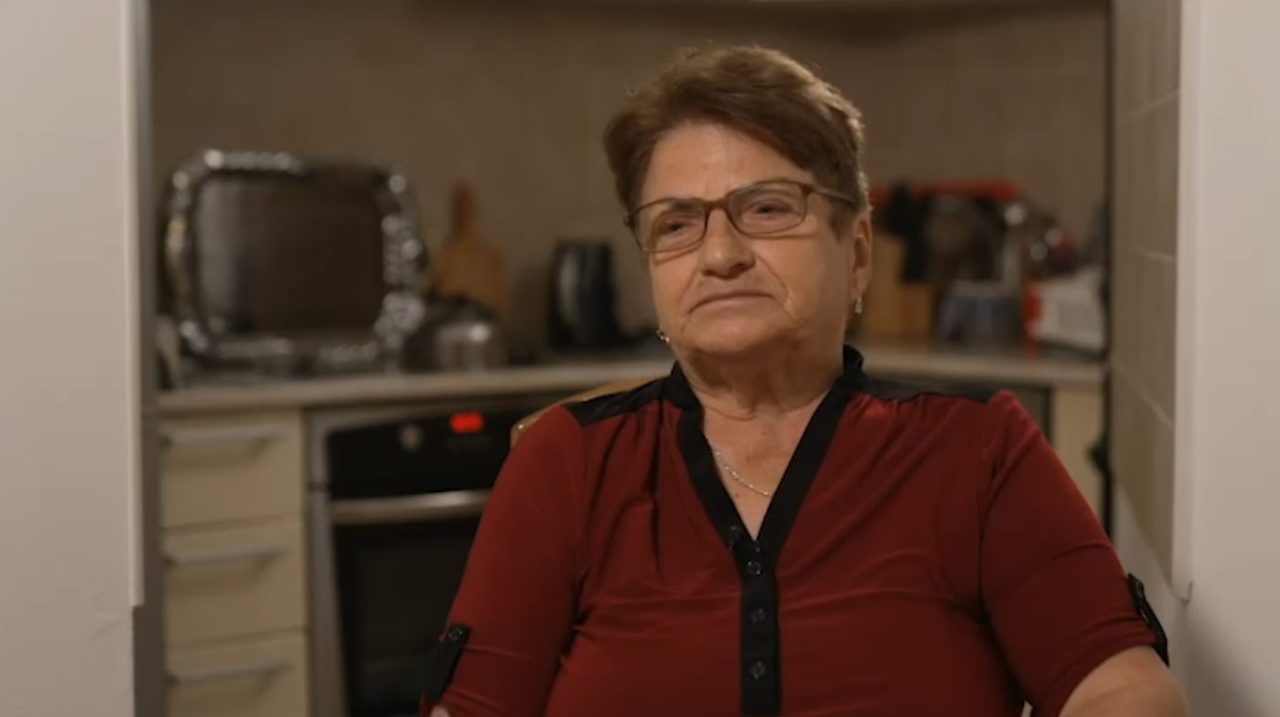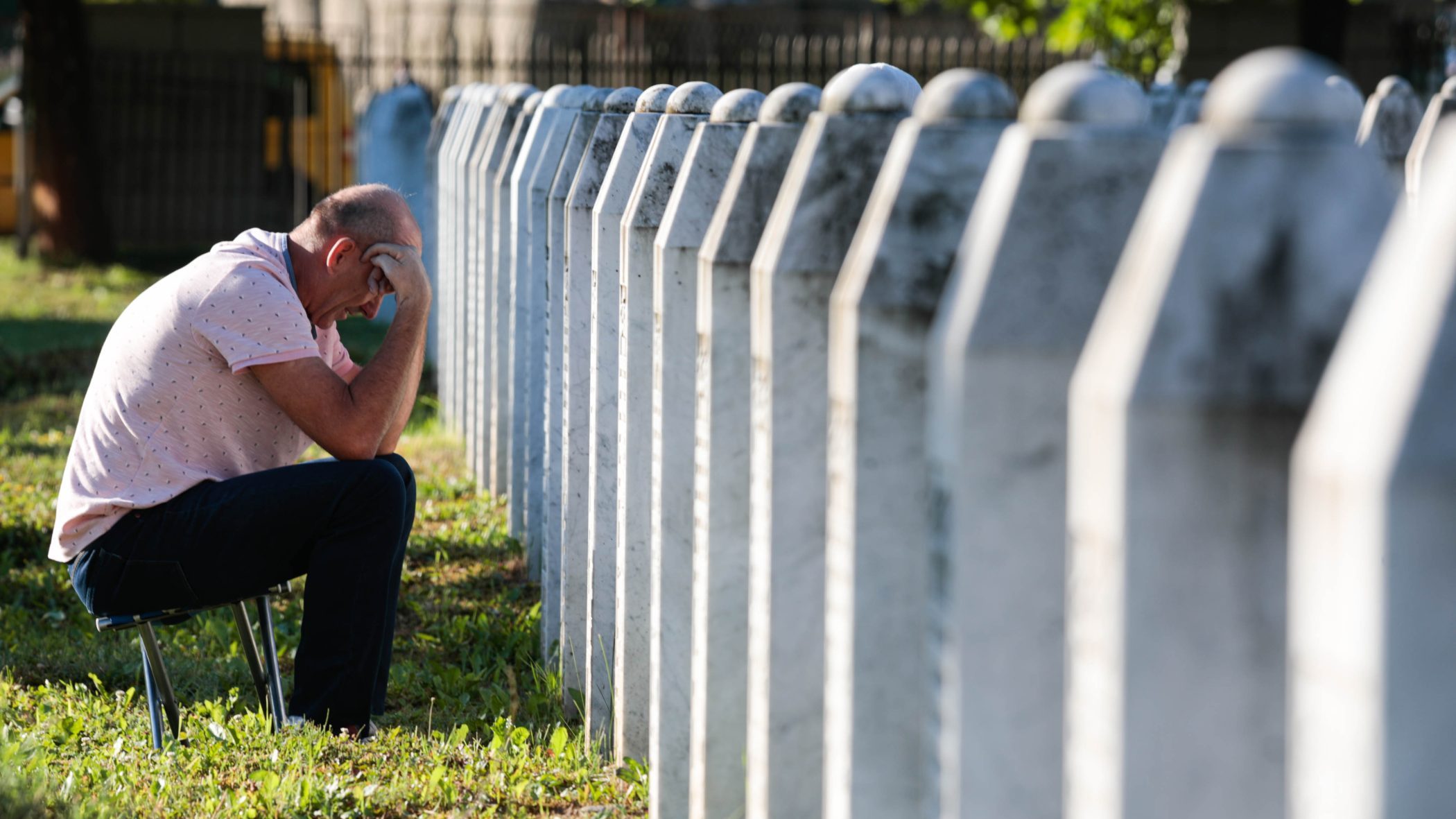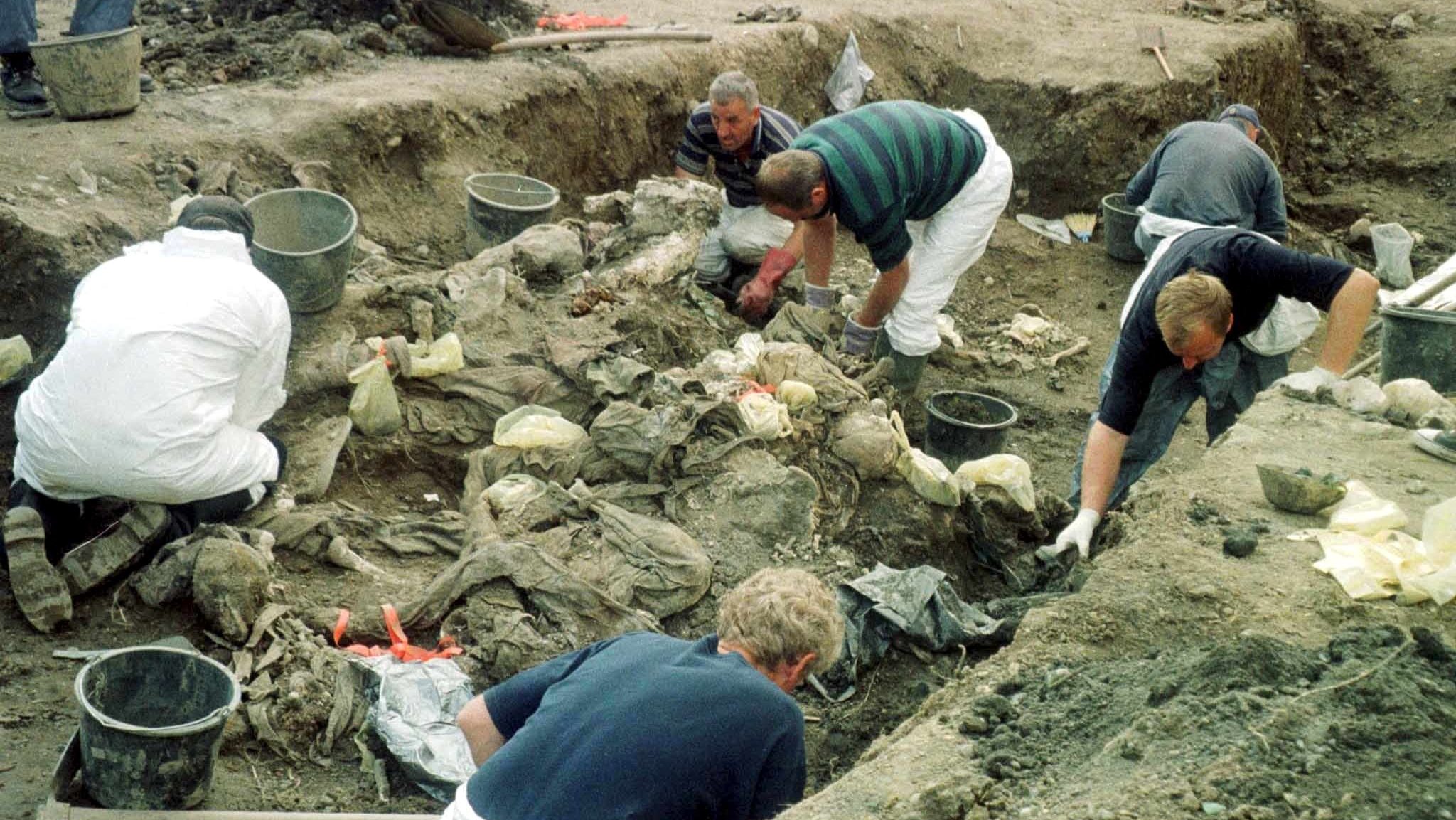This post is also available in: Bosnian
Colic heard Bosnian Serb soldiers call on the Bosniak residents of Rudo, in the Rogatica area of eastern Bosnia and Herzegovina, to surrender, saying they would be taken to the local school.
“We never left the basement,” Colic recalled, not until the middle of the night, when she fled over the hill into the woods. That was when her neighbours broke the news.
“They told me they were all killed – my sister and her children. Ahmed too,” Colic recalled.
Apparently burned, the remains of Refika Zuberovic and her sons have never been found. The partial remains of Ahmed Zuberovic were located in December 2014 in the local cemetery, at the site of a grave belonging to a woman who died in the 1980s.
Colic says she lives in hope of finding her sister and nephews, but without blood samples from their dead parents, even if the remains of the boys are found, the family may never know since identification will be difficult.
“What is actually the most difficult part of this story and testament to the scale of the crimes committed against entire families in our country is the fact that, in the event we do find the remains of these boys, it will be difficult to identify them as their parents were killed and in fact there is no one to provide a reference ,” said Emza Fazlic, a spokesperson for .
According to the Institute, the absence of DNA material is the most challenging aspect in cases in which entire families perished, making the identification of remains almost impossible.
Colic’s father and brother donated blood for DNA analysis, but the Institute said the only way to identify the children, if their remains are found, Even this may not work if the bodies were – as is believed – burned.
“Will it ever happen? Who knows,” said Colic, and cited the example of Bosniak women in Srebrenica searching for the remains of 8,000 Bosniak men and boys killed by Bosnian Serb forces in July 1995 in Europe’s mass atrocity since World War Two.
“Many died before they ever found out,” she said. “Maybe we’ll die too and we’ll never know.”
The Missing Persons Institute is still searching for the remains of 304 people – including six children – who went missing, presumed killed, in the Rogatica area during the 1992-95 war in Bosnia. More than 400 have already been exhumed, including 125 in one mass grave.
‘Wiped off the face of the earth’
 Magbula Čolić has been searching for the remains of sister Refika and her sons for more than 30 years. Photo: BIRN BiH
Magbula Čolić has been searching for the remains of sister Refika and her sons for more than 30 years. Photo: BIRN BiH
Entire families were also wiped out when Croat forces attacked Derventa, near Bosnia’s northern border with Croatia, in 1992, said Drago Knezevic, a Serb who was held in a detention camp and now heads the local Association of Prisoners of War. They included the Zivkovic and Lazarevic families. Of the latter, Knezevic said: “That ”
“They had no weapons on them, they were not combatants; they stayed behind and were killed.”
In 2017, a court in Bosnia sentenced Azra Basic, who fought with Croat forces, to 14 years in prison for war crimes against Serb civilians and prisoners of war in the Derventa area in April-May 1992. A second man, Damir Lipovac, was jailed for seven years and a third, Ivica Vrdoljak, to five years for war crimes in Derventa and Bosanski Brod.
The Missing Persons Institute said it does not know how many entire families were killed in the war in Bosnia. It cited another case – that of Effendi Hasib Ramic’s family in the village of Semizovac near Vogosca, a northern suburb of the capital, Sarajevo.
Ema Cekic, head of the Association of Families of the Missing in Vogosca, said Bosnian Serb forces forced Ramic to watch as they abused and then killed his wife, Sefika, and their four children, aged 13, 10, four and one month.
In October 1996, experts from the Institute found the baby Amina’s dummy. The family’s remains were exhumed at the same spot.
The Institute cited another case, that of the Bilalic sisters Aisa and Safeta who were killed at their home in Cajnice, eastern Bosnia. With no close relatives, there is no blood sample that might help identify their remains.
Likewise, in Foca, southeastern Bosnia, five sisters – Dzemila, Muniba, Munira and Ziba and Altuna Beslic – were held captive and abused by Serb forces. Only Altuna survived; the other four sisters have never been found.
Altuna died in a nursing home in Gorazde in 2008 without ever giving blood for the eventual identification of her sisters’ remains, were they to be found. Not long after Altuna was buried, the headstone marking her grave disappeared and the Institute says it does not know the precise location of her remains.
The sisters had no close relatives on their father’s side and nothing is known about the family on their mother’s side. “That’s how a family was wiped off the face of the earth and every trace of it lost for good,” said the Institute.
*Ova analiza je napisana uz pomoć projekta Podrška EU izgradnji povjerenja na Zapadnom Balkanu, koji finansira Evropska unija, a sprovodi Razvojni program Ujedinjenih nacija (UNDP). Sadržaj ove analize je isključiva odgovornost BIRN-a i ne odražava nužno stavove Evropske unije niti UNDP-a.


